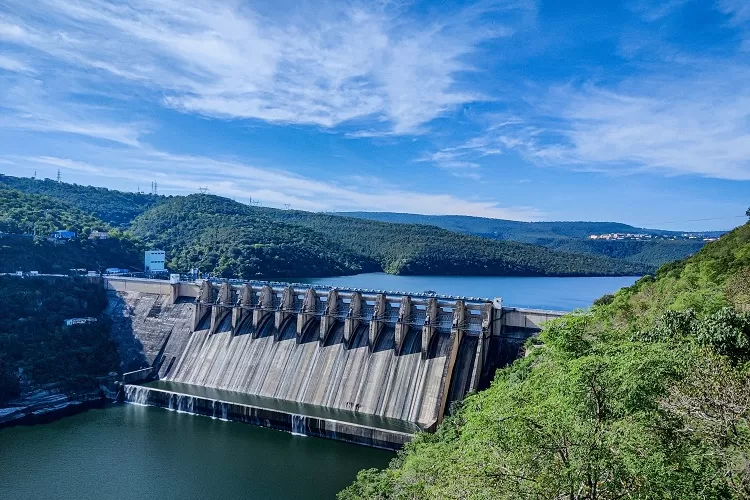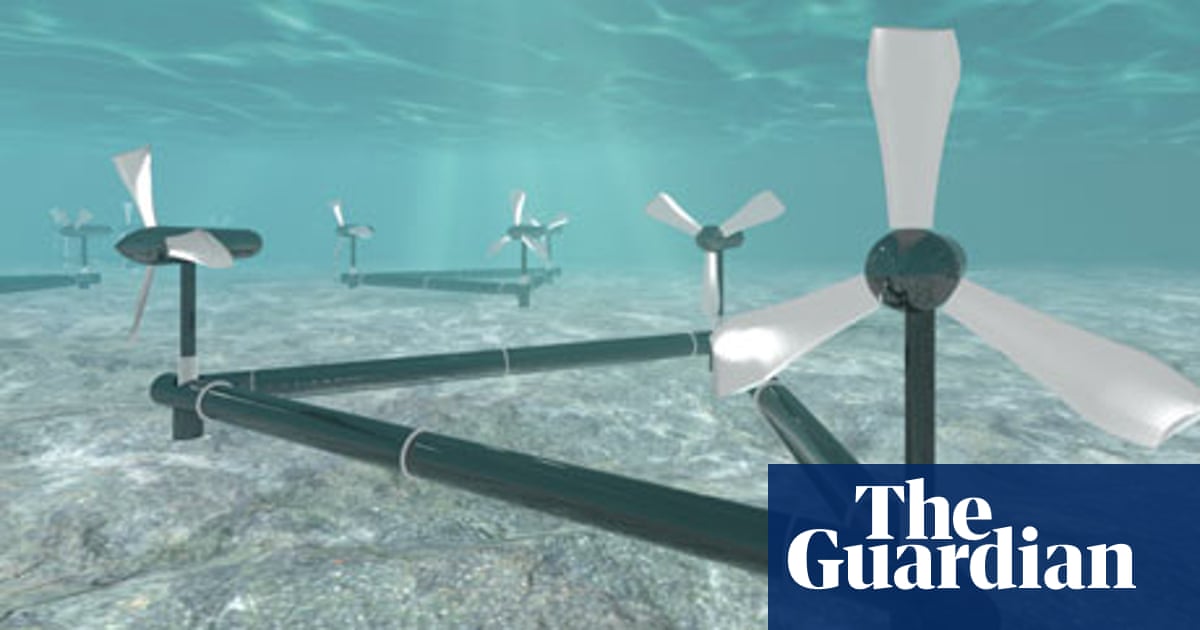
Unveiling the Power of Hydroelectric Power Plants
Hydroelectric power stands as a stalwart in the realm of renewable energy, contributing significantly to the global pursuit of sustainable and clean power sources. Exploring the intricacies of hydroelectric power plants reveals a fascinating journey into harnessing the immense energy potential of flowing water.
The Essence of Hydroelectric Power
At the core of hydroelectric power plants lies the utilization of flowing water to generate electricity. This process involves converting the kinetic energy of water into mechanical energy, which is then transformed into electrical energy through generators. Hydroelectric power is celebrated for its reliability, efficiency, and minimal environmental impact.
Harnessing Nature’s Flow: The Components of Hydroelectric Plants
Hydroelectric power plants are intricate systems comprising several key components. Dams play a pivotal role, creating reservoirs that store water. As water is released, it flows through turbines, driving them to generate electricity. The generated power is then transmitted through a network of power lines for distribution.
Diverse Designs: Types of Hydroelectric Power Plants
Hydroelectric power plants come in various designs, each tailored to suit specific geographical and hydrological conditions. From the conventional dam-based plants to run-of-river and pumped storage facilities, the diversity in designs allows for adaptability to different landscapes and water flow characteristics.
Environmental Impact: Balancing Act of Hydroelectricity
While hydroelectric power is celebrated for its eco-friendly nature compared to traditional fossil fuel sources, it’s not without its environmental considerations. The construction of dams can alter ecosystems, affecting wildlife and river ecosystems. Striking a balance between energy generation and environmental preservation is a continual challenge for hydroelectric projects.
Advantages of Hydroelectric Power
The advantages of hydroelectric power are significant and contribute to its widespread adoption. The renewable nature of water resources ensures a constant and reliable energy supply. Hydroelectric plants produce minimal greenhouse gas emissions, making them a cleaner alternative to fossil fuels. Additionally, these plants provide essential services like flood control and water storage.
Challenges and Considerations
Despite its merits, hydroelectric power faces challenges, both technical and environmental. Siltation, fish migration disruptions, and the displacement of local communities are among the environmental concerns. Technically, the availability of suitable sites and the high initial construction costs pose challenges to expanding hydroelectric power globally.
Hydroelectric Power Plants: A Global Perspective
Hydroelectric power has a global footprint, with countries around the world tapping into the potential of flowing water for energy. From the iconic Three Gorges Dam in China to the vast Itaipu Dam in Brazil, hydroelectric projects showcase the capacity of this renewable energy source to meet substantial portions of a nation’s power needs.
Innovation and Future Prospects
Advancements in technology continue to enhance the efficiency and sustainability of hydroelectric power plants. Innovations such as fish-friendly turbine designs, improved environmental impact assessments, and smart grid integration contribute to the evolution of hydroelectricity, ensuring it remains a key player in the transition to a greener energy landscape.
Hydroelectric Power Plants: A Link to Sustainable Energy
To explore more about the intricacies of hydroelectric power plants and their role in sustainable energy, visit Hydroelectric Power Plants. This resource provides in-depth insights, project showcases, and the latest developments, offering a comprehensive understanding of how hydroelectricity continues to shape the future of clean energy.
Conclusion: A Sustainable Energy Frontier
Hydroelectric power plants stand as testaments to humanity’s ability to harness the forces of nature for sustainable energy. As we navigate the complexities of meeting rising energy demands while preserving our environment, hydroelectricity remains a beacon of hope, exemplifying the delicate balance between progress and ecological responsibility.



